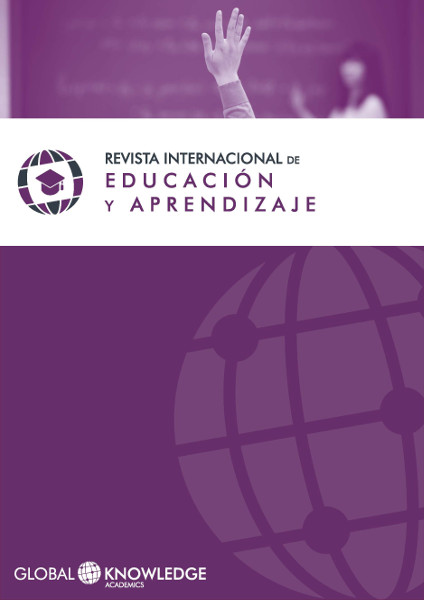Vocational Guidance at a Distance: Perspectives of Students in Higher Education
DOI:
https://doi.org/10.37467/gka-revedu.v1.616Keywords:
Vocational Guidance, Website, Professional Careers, Guidance, Skills, Preferences, Interests and Technologies in the Communication (ICT)Abstract
There are different types of guidance; this project aims to vocational guidance, which aims to support students who want to enter a higher education. It will guide them based on their interests, skills, knowledge, and taking into account the possibilities that the environment offers. This is a service created in use of new technologies through the media via the Internet. The purpose of vocational guidance is to assist people of any age and at any time during their academic life, and integrate training and educational views to exercise their preferences, help is needed to clarify the doubts of their training and then go to the workplace. This is a very complicated decision for students, and it will be reflected much of their individual and collective future.
Downloads
Global Statistics ℹ️
|
719
Views
|
430
Downloads
|
|
1149
Total
|
|
References
Bisquerra, Rafael (1990). Orientación psicopedagógica para la prevención y el desarrollo. Barcelona, Ed. Boixareu Universitaria.
Escamilla Gil, Guadalupe (2004). Las tendencias de la matricula de educación superior en México. México, Ed. Revista Mexicana de Orientación Educativa.
Hernando Gómez, Ángel (2009). Una WebQuest para la orientación vocacional y profesional en Bachillerato. Ed. Revista Redalyc.
Kepowicks, Barbara (2004). Educación, Estado y Sociedad. (IIEDUG), Ed. Instituto de Investigación en Educación de la Universidad de Guanajuato.
Montera, Fernando (1999). Educación a distancia orden y caos: aspectos de la postmodernidad. México, Ed. Taller abierto.
Rojas, Enrique (1992). El hombre light. México, Ed. Planeta mexicana.
Sierra, Francisco (2000). Introducción a la teoría de la comunicación educativa. España, Ed. MAD.
Downloads
Published
How to Cite
Issue
Section
License
Those authors who publish in this journal accept the following terms:
-
Authors retain copyright.
-
Authors transfer to the journal the right of first publication. The journal also owns the publishing rights.
-
All published contents are governed by an Attribution-NoDerivatives 4.0 International License.
Access the informative version and legal text of the license. By virtue of this, third parties are allowed to use what is published as long as they mention the authorship of the work and the first publication in this journal. If you transform the material, you may not distribute the modified work. -
Authors may make other independent and additional contractual arrangements for non-exclusive distribution of the version of the article published in this journal (e.g., inclusion in an institutional repository or publication in a book) as long as they clearly indicate that the work was first published in this journal.
- Authors are allowed and recommended to publish their work on the Internet (for example on institutional and personal websites), following the publication of, and referencing the journal, as this could lead to constructive exchanges and a more extensive and quick circulation of published works (see The Effect of Open Access).













